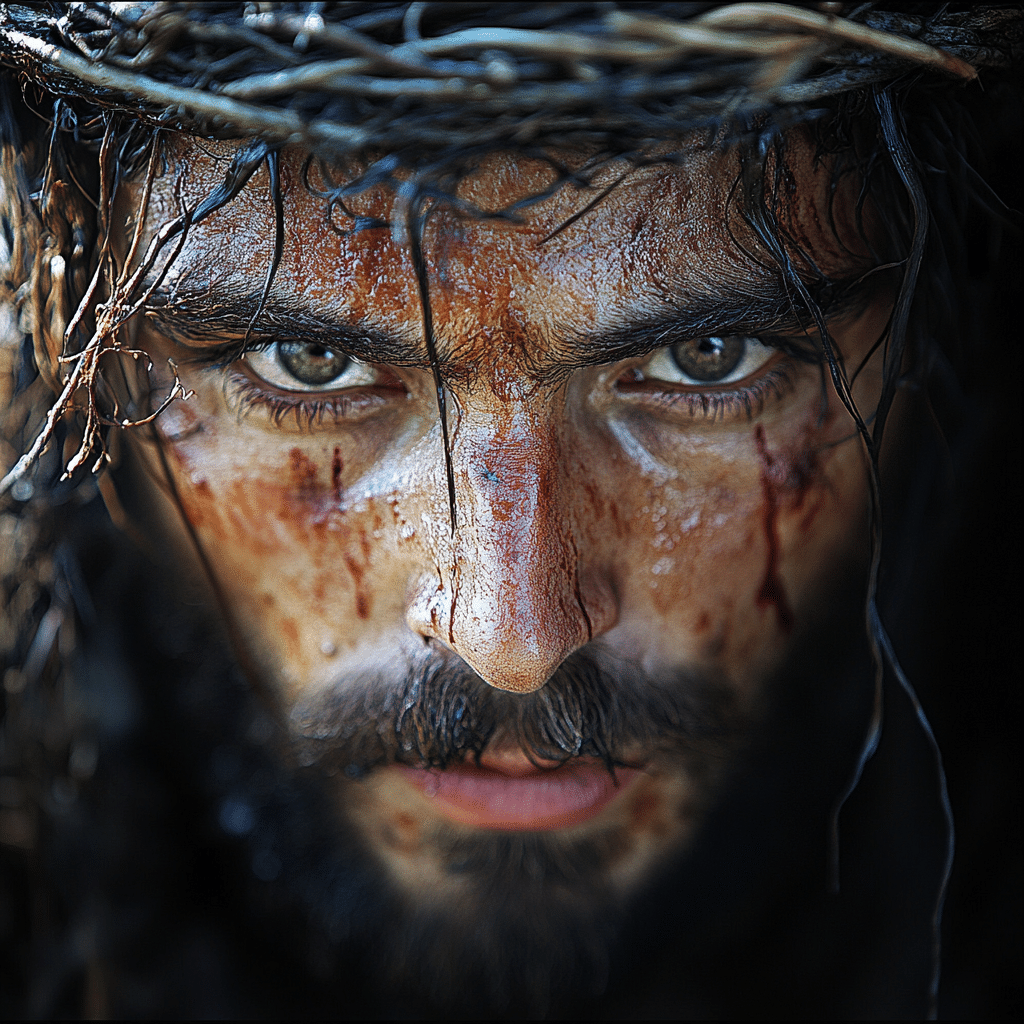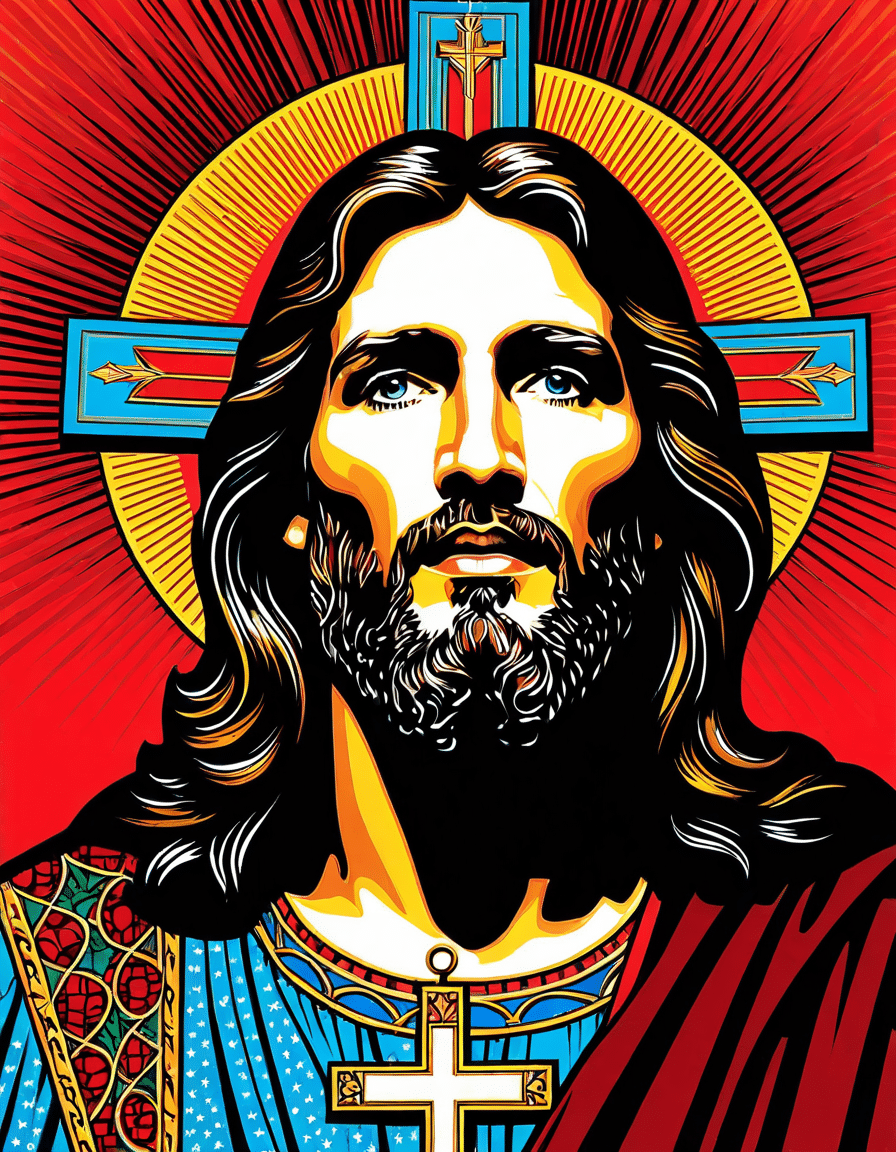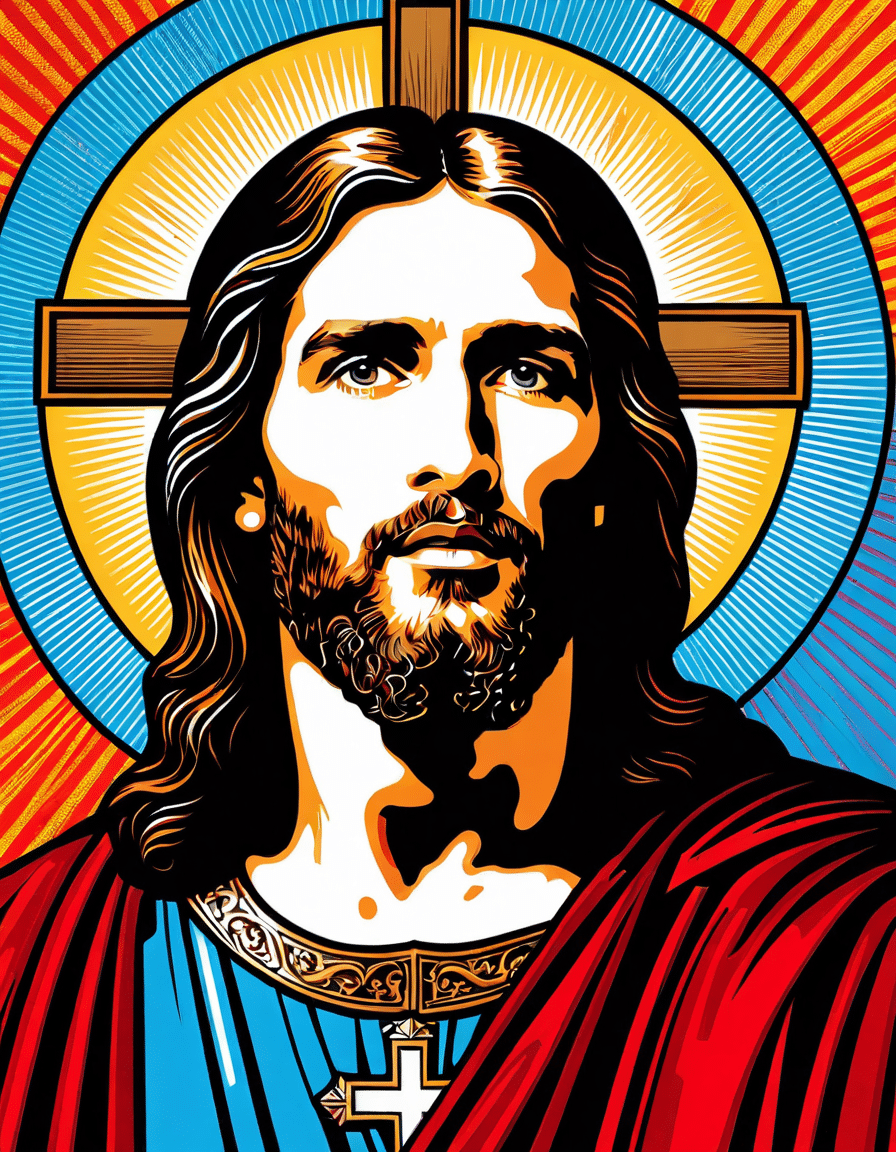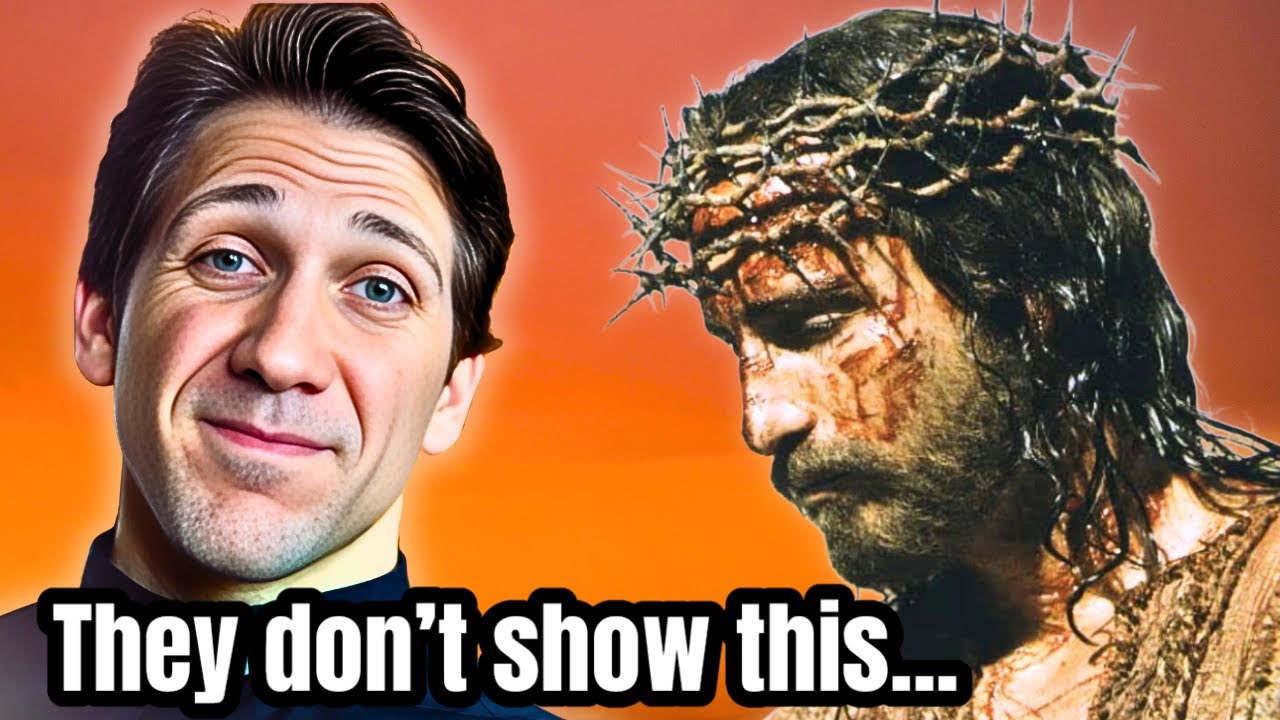Mel Gibson’s The Passion of the Christ captured hearts and minds when it released in 2004. Its impact echoed in theaters throughout the world and left audiences grappling with profound themes of faith, sacrifice, and redemption. Almost two decades later, the film continues to attract new viewers, sparking discussions on faith and morality like never before. Whether you’ve seen it a dozen times or are just now considering a rewatch, here are 7 reasons why The Passion of the Christ still resonates today.
1. Powerful Storytelling
At its core, The Passion of the Christ isn’t just a retelling of the final hours of Jesus; it dives deep into the human experience. Gibson’s storytelling taps into rich biblical texts, pulling audiences into a visceral experience rather than just serving them a history lesson. By laser-focusing on emotions like grief, love, and despair, the film invites viewers to reflect on their own beliefs and the universal questions of existence. You can’t help but find yourself pondering those heavy topics while watching this cinematic endeavor.
In crafting this narrative, the filmmakers turned to authentic scripts, making sure dialogues were steeped in historical relevance. This grounding elevates the film beyond simple entertainment and transforms it into a narrative work, enriched with themes relevant to people from all walks of life. It’s a narrative web that pulls you in and leaves a lasting impression.

2. Groundbreaking Cinematography
Let’s talk visuals. Caleb Deschanel’s cinematography in The Passion of the Christ is nothing short of breathtaking. Using natural light and framing shot composition that transports audiences to ancient Judea, the film feels like you’re stepping right into the story. Each frame is a work of art, with every detail meticulously chosen to convey a mood, almost as if you’re roaming the streets alongside Jesus.
Deschanel’s use of color saturation versus desaturation further heightens emotional impact. Remember the grim, dark scenes that highlight suffering? They contrast strikingly with scenes depicting moments of love and hope, skillfully using visual storytelling to convey the narrative’s emotional depth. When you combine these breathtaking visuals with compelling storytelling, what you get is a film that’s hard to shake off.
3. Cultural Impact and Controversy
Since its debut, The Passion of the Christ has sparked conversations—some would say debates—about its representation of violence and faith. A lot of folks felt deeply moved, passionately vouching for its cinematic merit, while others raised eyebrows about its portrayal of certain themes, especially antisemitism. These lingering conversations show how the film continues to resonate, keeping it relevant even as society changes.
Critics and supporters contribute to this ongoing discourse, turning it into a cultural phenomenon. The way it tackles heavy subjects remains timely amid evolving discussions around faith, identity, and morality. It’s these topics that don’t just pop up during discussions over coffee; they linger in backyards, classrooms, and online forums, making The Passion of the Christ an evergreen movie that stirs emotions.

4. Exceptional Performance of Jim Caviezel
Let’s not forget Jim Caviezel. His portrayal of Jesus Christ is iconic—not just for its depth but for the physical and emotional toll it took on him. He committed whole-heartedly to the role, taking on the physical challenges and emotional burdens, resulting in a performance that’s captured hearts worldwide. Caviezel’s ability to capture the essence of suffering and sacrifice enhances the film’s emotional core.
His performance resonates with audiences and pushes the boundaries of what we expect from a portrayal of such a significant figure. Viewers find themselves connecting with his humanity, making his character’s divine sacrifice feel palpably real. When it’s all said and done, Caviezel’s portrayal leaves an indelible mark on cinema, proving that acting can transcend mere performance.
5. Musical Composition by John Debney
Can you hear it? The haunting score by John Debney is an essential character in The Passion of the Christ. Each note, every melody intertwines seamlessly with the story, amplifying the emotional weight of key scenes. This isn’t just background noise; it’s a carefully crafted soundscape that elevates the viewer’s connection to the film’s themes.
Debney masterfully captures the essence of the story through sound, evoking feelings of despair, hope, and grace in ways dialogue cannot. The music compounds with the visuals and the story, creating a holistic experience that characterizes the film as a notable exploration of faith’s complexities. It’s the kind of score that stays with you, echoing words and visions long after the film stops rolling.
6. Universal Themes of Sacrifice and Forgiveness
What draws people to The Passion of the Christ? At its core, the film’s exploration of sacrifice and forgiveness is a universal theme that permeates cultures and belief systems. Amidst the violence, the overarching human experience shines through, allowing viewers from all backgrounds to find something relatable. Whether you’re religious or not, the essence of sacrifice resonates.
Many audiences leave reflecting on their relationships, their own choices, and the nature of forgiveness. As such, the film taps into that shared human experience of grappling with these weighty thematic elements. This ability to resonate widely ultimately contributes to its lasting appeal, allowing discussions to flourish across diverse communities.
7. Enduring Relevance Amid Changing Tides
As societal norms shift, the themes embedded in The Passion of the Christ continue to hold significance. The struggle for justice, deep connections to faith, and ethical dilemmas reflect conversations we engage in today. Whether discussing social morality or personal beliefs, the film offers a lens to view contemporary issues through an age-old narrative.
People often find themselves wrestling with questions raised in this film amid a world of chaos and uncertainty. This connectivity to modern themes and dilemmas adds a unique layer to its relevance, which, paradoxically, is what makes the film timeless. As new perspectives arise, so does the opportunity for revisiting these themes, presenting fresh interpretations and deeper discussions.
The Long-Lasting Legacy of The Passion of the Christ
The Passion of the Christ isn’t just a box office champion, grossing over $600 million worldwide; its legacy continues to evolve. It has become a touchstone in understanding the intersection of culture, faith, and film, making it a significant piece in cinema history. With new generations discovering the film, the conversations it sparks have shifted and grown, addressing complex themes like community and tolerance in today’s world.
As interest in a sequel grows—echoed by Mel Gibson in various interviews—the potential for further exploration into these themes remains tantalizing. Should this pursue fruition, it may open chapters that delve into what many consider the most significant aftermath in religious history. With that, the film could frame questions and themes in a contemporary context that resonates with modern audiences.
Every screening brings timeless questions back into sharp focus, compelling viewers to explore not just the narrative’s historical context but the real-life implications for today. Whether you come at it from a belief system perspective or strictly as a cinematic experience, The Passion of the Christ invites engagement that goes far beyond a simple movie night. It’s here to stay, and the stories it tells continue to echo through time.
So, grab your favorite snack, dim the lights, and prepare to journey into a story that’s more than a film—it’s a revolution of thought. The Passion of the Christ asks the questions that linger long after the movie’s conclusion, reminding us why we fall in love with films in the first place. If you seek further cinematic exploration, dote on gems like Final Destination 1, or add a delightful score to your playlist featuring artists like Tom Waits. Don’t miss out; this voyage continues onward.
The Passion of the Christ Captivates Audiences Worldwide
The Creation of a Cinematic Journey
With its intense portrayal of the final days of Jesus, the passion of the christ stirred hearts and sparked conversations everywhere. Did you know that Mel Gibson, the director, drew inspiration from various sources, including ancient texts and even the artistic styles of renowned painters? This approach helped create a vivid world that resonated deeply with viewers. Speaking of drawing inspiration, many filmmakers understand the importance of finding unique locations that add depth to their narratives, similar to how archimedes banya offers a serene escape for those in need of relaxation.
Moreover, the film’s dialogue is almost entirely in Aramaic and Latin, making it not just a movie but an immersive experience! It adds authenticity, ensuring the portrayal feels genuine. Speaking of immersion, gamers know how important it is to get lost in their favorite worlds too, and just like in the game vault download, escapism is vital in many forms of art, including cinema.
Memorable Performances and Cultural Impact
Without a doubt, the performances in the passion of the christ are unforgettable, drawing on emotional depth that lingers in the hearts of viewers. Jim Caviezel’s role as Jesus was so influential that it left a lasting mark on his career. Interestingly, he once shared his transformative experience on set, describing how he felt he was interacting with the divine. It’s like how Erykah Badu describes her music as more than entertainment; it’s a connection to something beyond.
Additionally, the film made waves in pop culture and even garnered discussions around faith and art. The impact was as significant as the late Mark Blums influence on independent cinema, reminding us how actors can sculpt narratives that resonate with a broader audience. The film became a touchstone for discussions about faith, sparking debates similar to those surrounding contrasting projects like blink twice movie, which also explores deep themes.
Financial Footprints and Global Reach
Despite its controversial reception, the passion of the christ shattered box office records worldwide, making it one of the highest-grossing independent films ever. Its financial success can be likened to securing the best rates for mortgage loans, where wise investments yield significant returns. The sheer numbers—over $600 million in box office sales—show how passionately people embraced the film’s message. And like navigating expenses through a mortgage calculator with insurance and taxes, audiences found value in engaging with heavier themes.
These fascinating components of the passion of the christ showcase the film’s multifaceted appeal, combining cultural elements, emotional storytelling, and financial triumph. It’s a rare combination that leaves its mark on hearts and minds, entrenching itself in the annals of cinematic history. Whether one watches it for spiritual reflection or cinematic beauty, the film invariably captivates and invites dialogue for many years to come.








